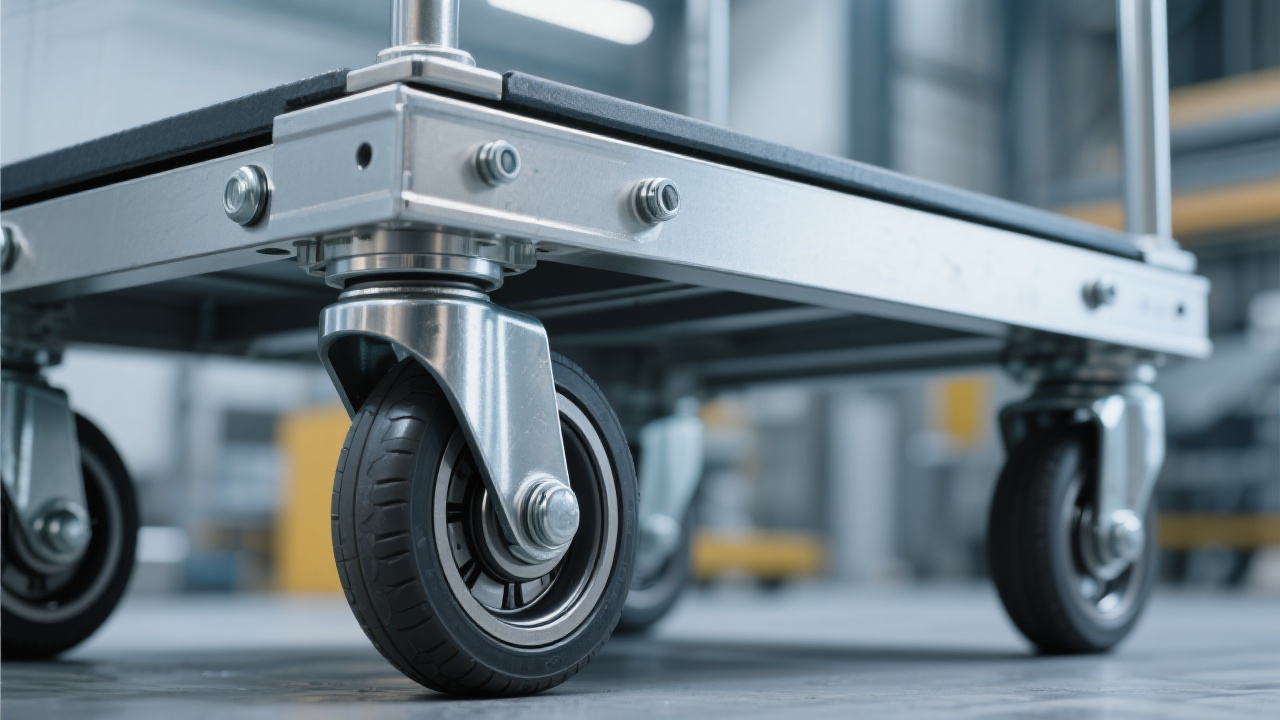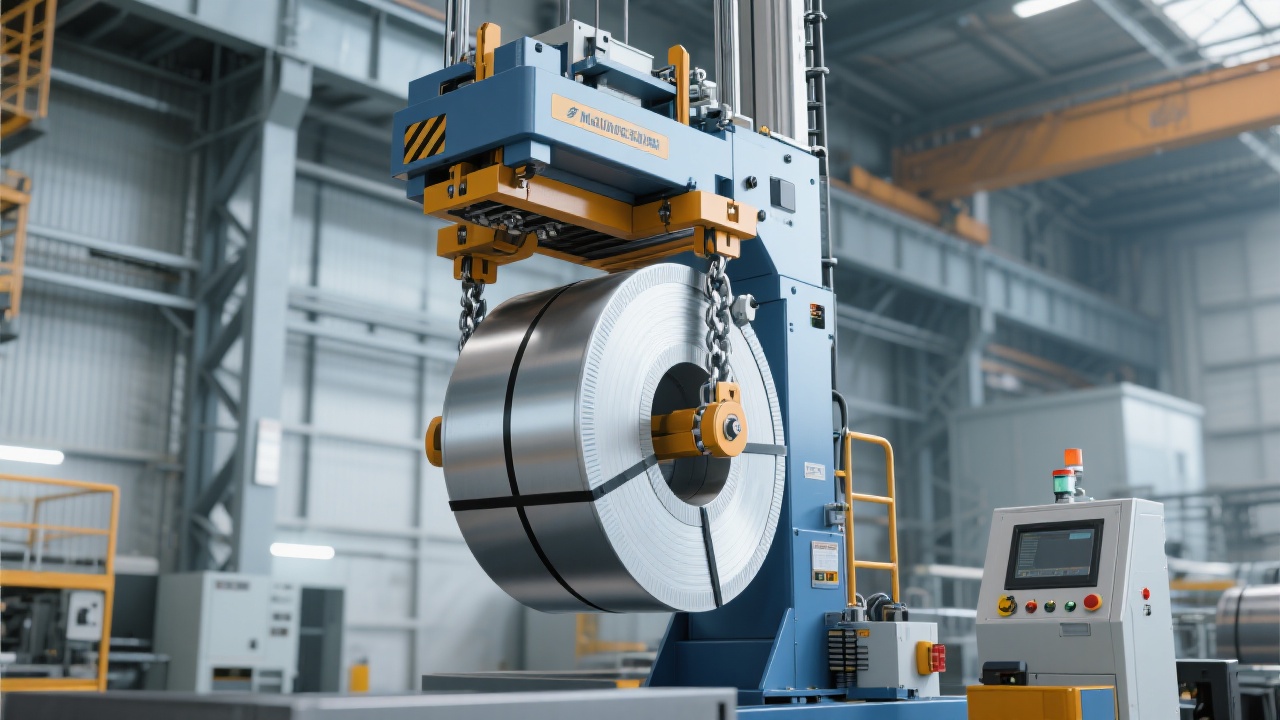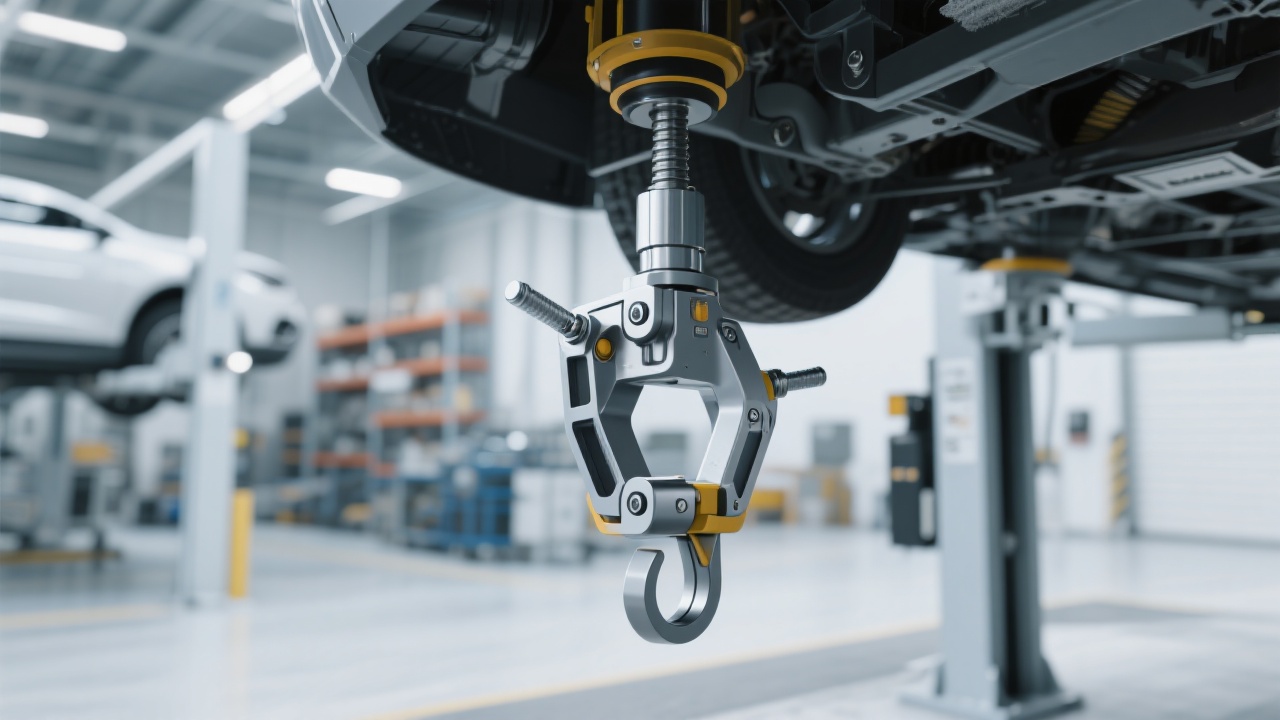
The transportation of heavy steel ingots within steel mills is a critical operation demanding precision, safety, and efficiency. The adoption of advanced hydraulic grabbing equipment, such as the power-driven steel ingot clamp, revolutionizes material handling processes by leveraging innovative hydraulic systems and compact designs. These devices enable stable gripping of steel ingots ranging from 8 to 550 tons, streamlining workflows and enhancing operational mobility in rigorous environments like rolling mills and reheating furnace workshops. This article explores the technical innovations, practical applications, and industry advantages of such equipment, offering insights for steel mill management and technical staff intent on optimizing transport efficiency and safety.
The core of hydraulic grabbing equipment's effectiveness lies in its advanced hydraulic drive system. Utilizing high-pressure hydraulic cylinders, the clamp delivers powerful and consistent gripping force, ensuring secure handling of heavy steel ingots during movement. The automatic clamping mechanism incorporates sensors and control valves that adjust grip pressure dynamically, preventing damage to ingots while minimizing slippage risk.
Furthermore, the equipment's compact and ergonomic design reduces spatial requirements, improving maneuverability within confined operational zones. This design innovation facilitates faster cycle times, reduces operator fatigue, and allows seamless integration into existing material handling workflows without significant infrastructure changes.
| Parameter | Specification |
|---|---|
| Clamping Capacity | 8 to 550 metric tons |
| Hydraulic Pressure | Up to 35 MPa |
| Cycle Time | 15-25 seconds per operation |
| Weight of Equipment | 750 kg to 2,500 kg depending on model |
| Operating Environment | Suitable for rolling mill & reheating furnace applications |
A leading steel manufacturer in Eastern Europe recently integrated the power-driven steel ingot clamp into its reheating furnace transportation workflow. Before implementation, manual handling resulted in frequent delays due to safety concerns and inefficient grip forces, causing downtime averaging 12%. Post-deployment, the clamp's automated hydraulic system reduced load time by 30%, increased throughput by 20%, and virtually eliminated ingot slippage incidents.
Similarly, a rolling mill in North America introduced this technology for heavy billet movement. The compact design allowed operators to maneuver within tight spaces easily, increasing operational flexibility while reducing the risk of workplace injury. The measured increase in productivity and a 25% decrease in maintenance costs highlighted the equipment’s robust durability and low operational footprint.

When benchmarked against competing hydraulic grabbing solutions, this power-driven steel ingot clamp demonstrates superior grip stability via its intelligent pressure adjustment system. Many competing products rely on static clamping forces, increasing risks of ingot damage or slippage under varying load weights.
Additionally, its modular construction enables faster maintenance turnaround and easier customization to specific operational parameters, such as ingot size and handling speed. This flexibility reduces downtime costs and adapts well to evolving production requirements.

Beyond elevating transport efficiency, the hydraulic grabber significantly enhances site safety by minimizing manual handling and standardizing grip strength, which prevents accidents caused by unstable loads. Its wide operational range—from 8 to 550 tons—caters to diverse steel grades and ingot dimensions, making it highly versatile.
The device’s integration potential with automated conveyor systems and digital control platforms aligns with smart factory trends, future-proofing steel enterprises against industrial evolution. The return on investment (ROI) is reinforced through lower labor expenses, enhanced throughput, and reduced material waste.

Steel plant operators have consistently praised the clamp’s reliability and user-friendly interface, endorsing its capability to meet stringent safety regulations while delivering measurable productivity gains. Industry experts foresee further advancements incorporating IoT sensors and AI-driven predictive maintenance to maximize equipment uptime and operational intelligence.
Investing in such hydraulic grabbing solutions today positions steel manufacturers at the forefront of operational excellence and digital transformation within heavy industry logistics.
How do you see hydraulic grabbing equipment transforming your steel plant's logistics? What specific challenges in transportation efficiency or safety are you facing? Share your experiences and questions below to foster a knowledge exchange within the steel manufacturing community.

